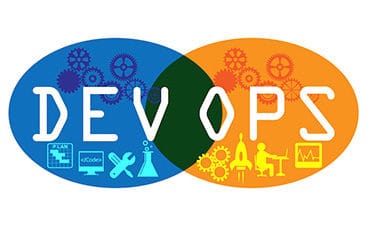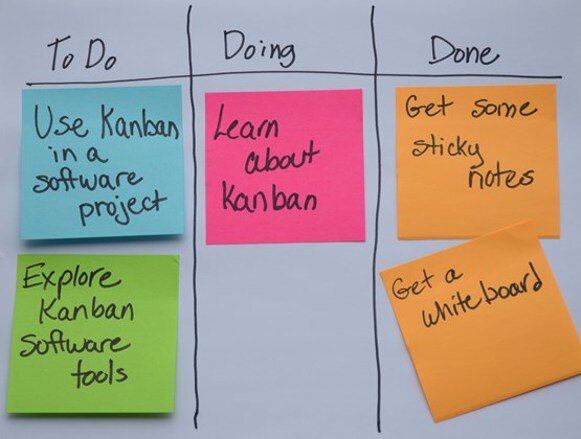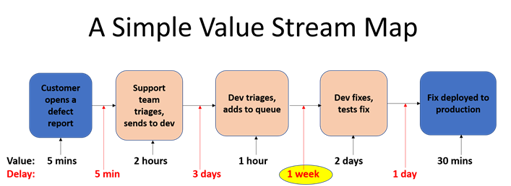Processes for DevOps in an iterative world - Course Monster Blog

Iteration is the key
Iteration is essential in today’s software development industry for getting additions and updates implemented quickly and breaking the project down into smaller chunks that can be delivered regularly. This is in sharp contrast to traditional waterfall development, which held modifications until a release just once or twice a year.
As you might expect, providing smaller bits of software more frequently creates more to manage. To regulate the complexity, a procedure is required. Finally, managing the process requires a variety of people with varying talents and experiences. We are not just talking about controlling software pieces, but also about managing the environments in which they are deployed. Also, it is beneficial to include stakeholders early on (i.e., business subject matter experts and end-users) to gain knowledge of the business’s needs and the user experience.
DevOps is the solution
DevOps brings together procedures, people, and tools to manage software delivery. When working with microscopic bits, tools are especially crucial for automating specific sections of the process that occur considerably more frequently. However, technologies alone will not create a DevOps solution. Within the organization, there must also be a process and culture change. Just like when you switched from film to digital photography.
To include automation and manage the workflow differently in software development, the process must adapt and alter. As a result, we are now working with smaller pieces that are integrated more often in a process known as continuous integration. This word may be familiar to you. However, many of the words introduced by DevOps are esoteric and difficult to understand.
While there are many new ideas, concepts, and technologies, the core of continuous integration is:
- Collaboration: Working with people with various skills toward a common goal
- Workflow management: Making the workflow an iterative process
- Automation: enabling individuals to focus on more difficult tasks
- Feedback: Collecting information from consumers, as well as exploring and learning from any problems encountered
The notion of continuous improvement processes in manufacturing might serve as an example of organizational culture transformation. Changes include encouraging and learning through experimentation. That may appear to take from the project’s work; nevertheless, consider testing in tiny dosages and using the knowledge obtained to better the project. This is similar to shooting the first image with a digital camera, evaluating the image and all of its information, and then deciding on the optimum settings to improve that image.
DevOps tools
All tools do not have to be high-tech. A basic Kanban board may be used to manage workflow. What exactly is a Kanban board? At its most basic, it is a whiteboard with columns labeled “To Do,” “In Progress,” and “Done,” as well as sticky notes for the software or user stories being worked on. It represents the work in progress and the flow of work through the DevOps process visually. A Kanban board is a tool that sprang from the industrial industry’s continuous improvement drive. A Kanban board may represent any workflow.

Collaboration and feedback kind of go hand-in-hand. It’s all about getting other people’s perspectives and not operating in a vacuum. You should work with others in the organization who are involved in the project, including those in operations, sales, marketing, and security.
Feedback may be considered more user-oriented; however, evaluate who the users are, since they may be both inside the business and consumers. Consider all of the tools and methods for collaborating and providing/receiving feedback, from internal talking tools to external feedback collection tools like surveys, ratings, and reviews. Consider your shopping experiences and the tools we now have to rate and interact with vendors about our experiences in-store or online.
While automation may appear intimidating and more tool-focused, consider automating the most time-consuming tasks first and in incremental increments. You wouldn’t immediately automate everything. Consider a task that, while tiny in the grand scheme of things, requires a significant amount of time and resources to complete manually. If that process can be automated, you can free up resources to focus on innovation and experimentation.
How to determine what to automate
Consider using tools like value stream mapping to analyze the flow of the process and what is taking the most time in the workflow when determining what to automate using DevOps. A value stream map can assist in identifying bottlenecks in existing business processes. Identifying constraints can help in the transformation of an existing solution for better business benefit.

Here at CourseMonster, we know how hard it may be to find the right time and funds for training. We provide effective training programs that enable you to select the training option that best meets the demands of your company.
For more information, please get in touch with one of our course advisers today or contact us at training@coursemonster.com




Comments ()